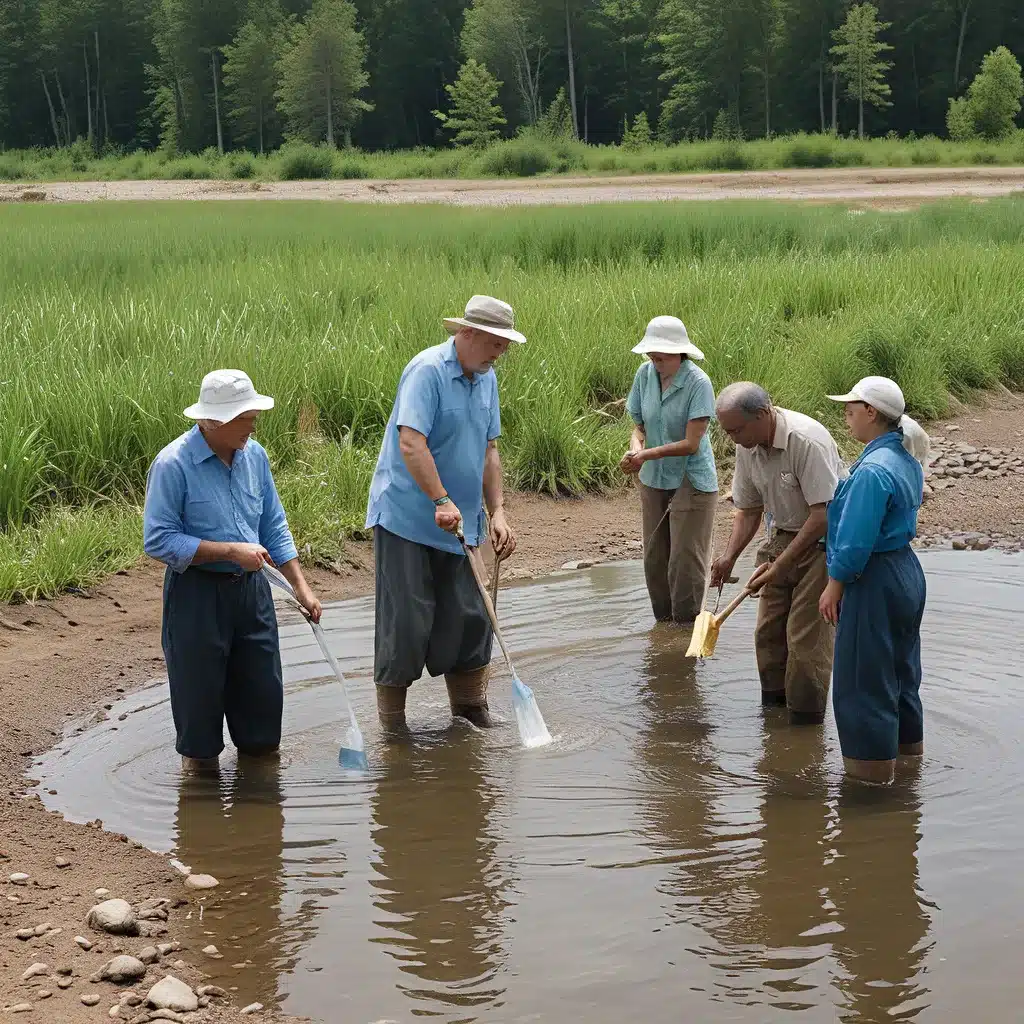
Water – the very essence of life, a precious and finite resource that sustains our communities, ecosystems, and economies. Yet, as the world grapples with the challenges of population growth, climate change, and competing demands, the need for effective water resource management has never been more pressing. That’s where the concept of “water stewardship” comes into play – a collaborative approach that brings together diverse stakeholders to ensure the sustainable and equitable use of our water resources.
Unlocking the Power of Collaboration
As an individual passionate about environmental conservation, I’ve long been fascinated by the complexities of water management. And through my research, I’ve come to understand that the key to successful water stewardship lies in the power of collaboration. By bringing together a wide range of stakeholders – from government agencies and industry leaders to community organizations and individual citizens – we can harness the unique perspectives, resources, and expertise needed to address the multifaceted challenges facing our water systems.
The EPA’s stakeholder engagement report on Integrated Water Resource Management (IWRM) with an Equity Lens highlights the importance of fostering meaningful partnerships and inclusive decision-making processes. As the report states, “Engaging diverse stakeholders is critical to ensuring equitable and sustainable water management.” By actively involving all affected parties, we can better understand their unique needs, concerns, and priorities, and work together to find solutions that balance the various interests at play.
Navigating the Complexities of Water Resource Management
Of course, the path to collaborative water resource management is not without its challenges. Water systems are inherently complex, with a web of interconnected social, environmental, and economic factors at play. As the IWA’s article on stakeholder engagement for sustainable water notes, “Water management decisions often involve trade-offs, where meeting the needs of one stakeholder may come at the expense of another.”
Consider, for example, the competing demands for water usage in a given region. Farmers may need water for irrigation to grow crops, while industries require water for their manufacturing processes, and local communities depend on clean water for drinking, bathing, and sanitation. How do we balance these diverse needs and ensure equitable access to this limited resource? This is where the power of collaboration comes into play.
Embracing Equity and Inclusivity
One of the critical components of effective water stewardship is a deep commitment to equity and inclusivity. As the University of Michigan’s Graham Sustainability Institute emphasizes, “We engage all stakeholders, particularly historically underrepresented and underresourced communities, in policy- and management-relevant processes that contribute to restoring, enhancing, and sustaining the water and water-dependent resources that benefit them.”
This means actively seeking out and amplifying the voices of marginalized communities, who are often disproportionately impacted by water-related challenges. It means understanding the unique barriers and inequities they face, and working collaboratively to develop solutions that address their needs and priorities. It’s about recognizing that water is a fundamental human right, and that everyone deserves access to clean, safe, and affordable water.
Fostering a Culture of Water Stewardship
Collaborative water resource management is not a one-time event, but rather a continuous process of learning, adapting, and building trust among stakeholders. It requires a deep understanding of the local context, a willingness to engage in open and transparent dialogue, and a shared commitment to the long-term sustainability of our water resources.
As we work to foster a culture of water stewardship, we must also recognize the importance of education and capacity-building. By empowering individuals and communities with the knowledge and tools they need to engage in water management decisions, we can create a more informed and engaged citizenry, one that is better equipped to advocate for their water-related needs and to collaborate in finding innovative solutions.
A Call to Action: Unleashing the Power of Collective Impact
The challenges we face in managing our water resources are daunting, but they are not insurmountable. By embracing the power of collaboration, equity, and collective impact, we can unlock new possibilities and create a more sustainable and resilient water future for all.
I invite you to join me in this crucial endeavor. Whether you are a policymaker, an industry leader, a community organizer, or a concerned citizen, your voice and your participation are essential. Let’s work together to strengthen our water stewardship efforts, to build bridges across diverse stakeholder groups, and to create lasting change that benefits both people and the planet.
After all, the health and well-being of our communities, our economies, and our ecosystems all depend on the wise and equitable management of this precious resource. Let’s rise to the challenge, and foster a future where water stewardship is the cornerstone of our shared prosperity. The time to act is now.


